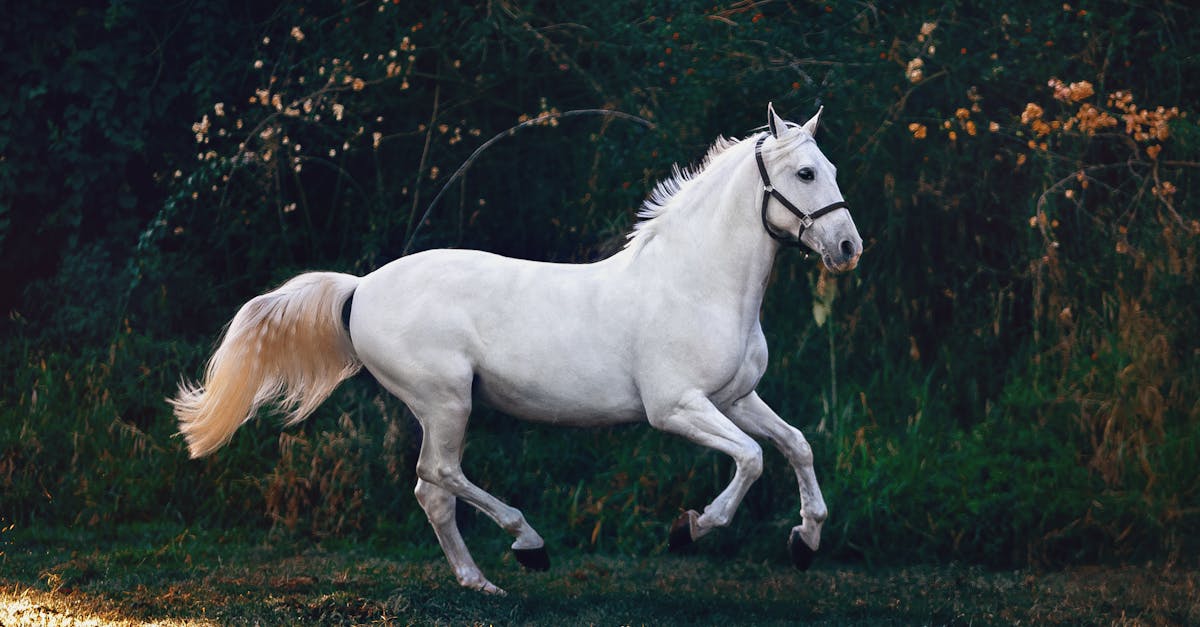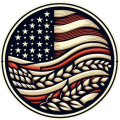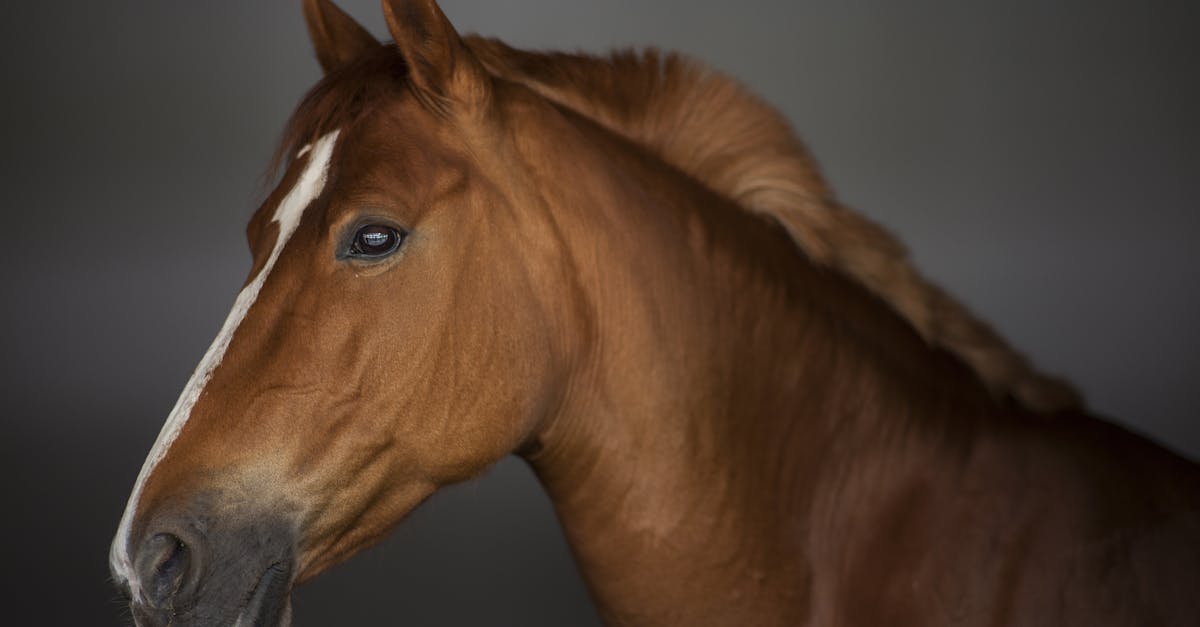Learning how to draw a horse can be a rewarding experience for any art enthusiast. Whether you are a beginner or have some experience in drawing, mastering the anatomy, outline, texture, and depth of a horse can be a challenging yet fulfilling task. In this guide, we will explore the step-by-step process of drawing a horse, along with some horse sketching tips and horse art techniques to help you improve your skills. By the end of this article, you will have a better understanding of the fundamentals of horse drawing tutorial and be able to create your own beautiful horse illustrations.
Main Points
- Understanding the anatomy of a horse
- Creating the outline and proportions
- Adding texture and details for realism
- Adding depth and dimension to the drawing

Anatomy of a Horse: Understanding the Structure and Proportions
Understanding the anatomy of a horse is crucial for any artist or equestrian enthusiast. By grasping the intricate structure and proportions of a horse, one can accurately depict them in drawings, paintings, or sculptures. Here are some key points to consider when studying the anatomy of a horse:
Key Points:
- Body Proportions: The body of a horse is divided into specific proportions, such as the length of the back, the height of the withers, and the length of the legs.
- Muscular Structure: Understanding the location and function of the horse’s muscles is essential for capturing their strength and power in artwork.
- Skeletal Framework: A horse’s skeletal structure, including the placement of bones and joints, greatly influences their movement and form.
By delving into these aspects of a horse’s anatomy, artists and equestrians alike can better appreciate the beauty and grace of these magnificent creatures.
Drawing Guidelines: Step-by-Step Instructions for Creating the Outline
When it comes to drawing, creating a strong outline is crucial for the success of your artwork. Whether you are a beginner or an experienced artist, following a step-by-step guide can help you improve your drawing skills. In this article, we will provide you with easy horse drawing guide, horse sketching tips, and horse art techniques to help you create a stunning outline.
Easy Horse Drawing Guide
Creating a realistic horse outline can be challenging, but with the right guidance, it can be achieved. Start by using basic shapes such as circles and ovals to create the body and head of the horse. Then, add details such as the mane, tail, and legs to bring the drawing to life. Don’t forget to pay attention to proportions and angles to ensure accuracy.
Horse Sketching Tips
Sketching is an essential part of drawing, and when it comes to horses, it’s important to capture their unique features. Use light, quick strokes to outline the shape of the horse before adding in the finer details. Pay attention to the muscle structure and movement of the horse to create a dynamic and realistic sketch.
Horse Art Techniques
There are several techniques that can be used to enhance your horse drawing. Experiment with shading and texture to add depth and dimension to your artwork. Consider using different drawing tools such as pencils, charcoal, or ink to create unique effects. Additionally, studying reference photos and observing real horses can provide valuable insight for your artwork.
Texture Techniques: Adding Realism and Detail to the Horse’s Features
When it comes to creating realistic horse drawings, mastering texture techniques is essential. Adding texture not only brings a sense of realism to the drawing but also adds depth and dimension to the horse’s features. One of the key texture techniques to consider is using cross-hatching to create the illusion of fur on the horse’s coat. By layering fine lines in a crisscross pattern, you can achieve a lifelike texture that adds detail and depth to the horse’s fur.
Utilizing Shading and Highlights
Another crucial aspect of texture techniques is utilizing shading and highlights to enhance the horse’s features. By using varying degrees of pressure and pencil strokes, you can create the illusion of light and shadow, adding depth to the horse’s muscles and form. Paying attention to the natural highlights and shadows on the horse’s body will also contribute to a more realistic portrayal.
Finally, paying attention to the small details such as the horse’s mane, tail, and facial features can elevate the overall realism of the drawing. Using fine lines and delicate strokes to capture the intricate details of the horse’s features will bring your drawing to life.
Creating Depth: Using Shading and Perspective for a 3D Effect
When it comes to creating a three-dimensional effect in art, mastering the use of shading and perspective is crucial. By understanding how to incorporate these techniques, artists can add depth and realism to their work, bringing their creations to life.
Shading
Shading is the process of adding darkness and lightness to an object to create the illusion of depth. By strategically placing highlights and shadows, artists can make their subjects appear three-dimensional. It is important to consider the direction of the light source and how it interacts with the object to achieve a convincing shading effect.
Perspective
Perspective is another essential element in creating a 3D effect. Artists can use techniques such as foreshortening and overlapping to convey depth and distance. By understanding the principles of vanishing points and horizon lines, they can give the viewer a sense of immersion in the artwork.
Combining Shading and Perspective
Combining shading and perspective can result in strikingly realistic and immersive artwork. By applying both techniques harmoniously, artists can achieve a sense of depth that draws the viewer into the composition and creates a captivating visual experience.
Conclusion
Mastering the use of shading and perspective is essential for creating a 3D effect in art. By understanding these fundamental principles, artists can elevate their work and bring their creations to life with depth and realism.
Horse in Motion: Capturing the Grace and Movement in Your Drawing
Understanding the Anatomy
Before attempting to capture the grace and movement of a horse in your drawing, it is essential to have a good understanding of its anatomy. Study the muscle structure, bone placement, and proportions to accurately depict the dynamic movement of the horse.
Focus on Fluid Lines
When sketching or drawing a horse in motion, focus on creating fluid lines that convey the grace and elegance of its movement. Pay attention to the way the muscles contract and extend, and use bold, confident strokes to capture the energy of the horse as it moves.
Emphasize the Essence of Movement
The key to capturing the grace and movement of a horse in your drawing is to emphasize the essence of its motion. Highlight the sweeping arcs and flowing lines of its body as it gallops or trots, and use shading to create depth and dimension, bringing your drawing to life.
Refining Your Art: Adding Finishing Touches and Refining the Details
As an artist, the final touches and small details can make a significant difference in the overall impact of your work. It is important to take the time to refine your art and pay attention to every aspect, from color palette selection to brushstroke technique. By adding these finishing touches, you can elevate your art to a new level and create a more polished and professional result.
Focusing on Precision
One of the key aspects of refining your art is focusing on precision. Paying attention to the smallest details can make a big difference in the overall quality of your work. Whether it’s refining the edges of an object or perfecting the shading in a portrait, precision is essential in creating a more realistic and impactful piece.
Experimenting with Different Techniques
Refining your art also involves experimenting with different techniques. Trying out new brushstrokes, color mixing methods, or texture applications can add depth and dimension to your work. Don’t be afraid to step out of your comfort zone and explore new ways of approaching your art. This experimentation can lead to unique and innovative results.
Seeking Feedback and Critique
Finally, seeking feedback and critique from fellow artists or mentors can help you refine your art even further. Constructive criticism can provide valuable insights and perspectives that you may have overlooked. Embracing feedback and applying it to your work can help you grow as an artist and refine your craft.
“The details are not the details. They make the design.” – Charles Eames
In conclusion, refining your art involves paying attention to every detail, focusing on precision, experimenting with different techniques, and seeking feedback. By honing these skills, you can add the finishing touches that elevate your art to a new level of professionalism and impact.

